MG transports electric travel to the masses
Once a British manufacturing institution, MG's modern iteration is proving its ability to not only adapt in the ever-growing and highly competitive car industry – but also push itself to the forefront of affordable eco-conscious travel
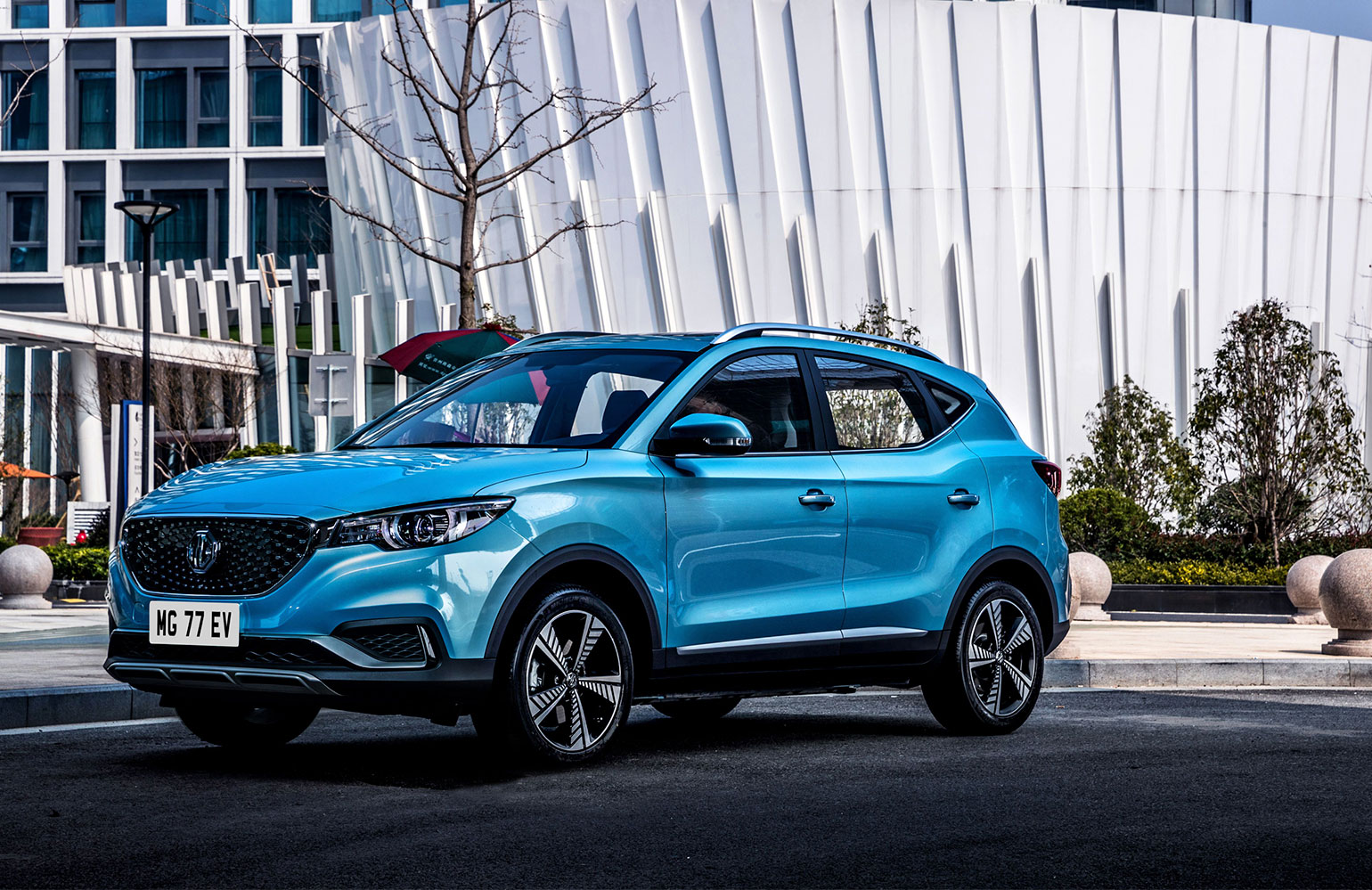
MG’s contemporary history is a helpful summation of how modern brands flit around the globe. Once a mainstay of British sports car production, MG was originally founded in 1930, an off-shoot of the Morris Garages company set up to service cars made by William Morris, later Lord Nuffield. In the pre- and post-war years, the marque was responsible for a series of legendary small sports cars as the TF, the Midget, the MGA and the MGB. From the 60s through to the 90s, as British auto industry was first consolidated into British Leyland, then fractured, squeezed, digested and spat out as a series of standalone brands under a variety of different international ownership.
The MG name, with its distinct octagonal badge, pinged this way and that, gracing lightly sporting versions of saloons and hatchbacks by Austin and Rover, as well as a neat little two-seater, the MG-F, overseen by one Gerry McGovern (now design supremo at JLR). Ultimately, the MG name was acquired by China’s Nanjing Automobile in 2007, at the nadir of the UK auto industry. Nanjing soon merged with SAIC, the state-owned Chinese motor behemoth that began life as the Shanghai Automotive Industry Corporation, and a new chapter began for the badge. China’s auto industry has been subject to a similar volume of complex mergers and acquisitions; the scale is just far, far larger. SAIC builds around 5 million cars a year, including models in co-partnership with Skoda, Buick and VW. Like all Chinese manufacturers, it is pushing hard for electric vehicles, spurred on by the Chinese government’s aggressive targets.
This is a convoluted way of explaining why the UK’s most affordable electric vehicle is made in China yet bears a 90-year old British badge on its front. The ZS model is also available with conventional power, so it starts with the faint whiff of compromise that blunts all but EV-only vehicles. Presumably the familiarity between petrol and electric models is intended to lure customers over to the EV side, especially as MG’s UK demographic skews older and slightly more conservative. It’s also aimed at new markets, in particular India, where the ZS EV has recently launched, part of a massive push from the Chinese industry to increase overseas sales in the face of a static domestic market.
In Europe, the ZS EV undercuts the competition yet is still better equipped than most. Admittedly, it's not especially visually distinctive. A compact crossover, the ZS EV is tall and a tad generic, as almost all the cars in this sector tend to be. The grille is oversized, the wheels are a bit small, and its influences are writ large; a radiator design that mimics Mercedes, a Jaguar-style rotary gear selector, a side profile that recalls SEAT. The interior relies on swathes of hard, virgin plastic and elements like the slow-witted info screen and relentless warning bongs and bings are frustrating. A cited range of over 160 miles means one is perpetually hovering on the edge of range anxiety if you stray away from places to charge.
And yet as anyone who has ever lived with an EV for more than a few days knows, range anxiety is swiftly quelled by experience. What were initially quirks become character and the simplicity, ease and low cost of entry to pure electric propulsion makes the ZS EV a sensible choice. This is industrial design for the masses, with a brand name becoming a springboard for much larger industrial forces.
INFORMATION
MG ZS EV, from £22,495 (after UK government grant)
Receive our daily digest of inspiration, escapism and design stories from around the world direct to your inbox.
Jonathan Bell has written for Wallpaper* magazine since 1999, covering everything from architecture and transport design to books, tech and graphic design. He is now the magazine’s Transport and Technology Editor. Jonathan has written and edited 15 books, including Concept Car Design, 21st Century House, and The New Modern House. He is also the host of Wallpaper’s first podcast.
-
 This new Los Angeles restaurant is a mischievous blend of dive bar and 'psychedelic honky tonk'
This new Los Angeles restaurant is a mischievous blend of dive bar and 'psychedelic honky tonk'At Marvito, small-batch tequila and a classic rock soundtrack create a delightfully nostalgic night out
-
 Half bridge, half home: Wallmakers’ latest project takes architecture to daring new heights
Half bridge, half home: Wallmakers’ latest project takes architecture to daring new heightsHovering above a forest stream in Maharashtra, Bridge House in Maharashtra, India pushes the limits of engineering and eco-conscious design
-
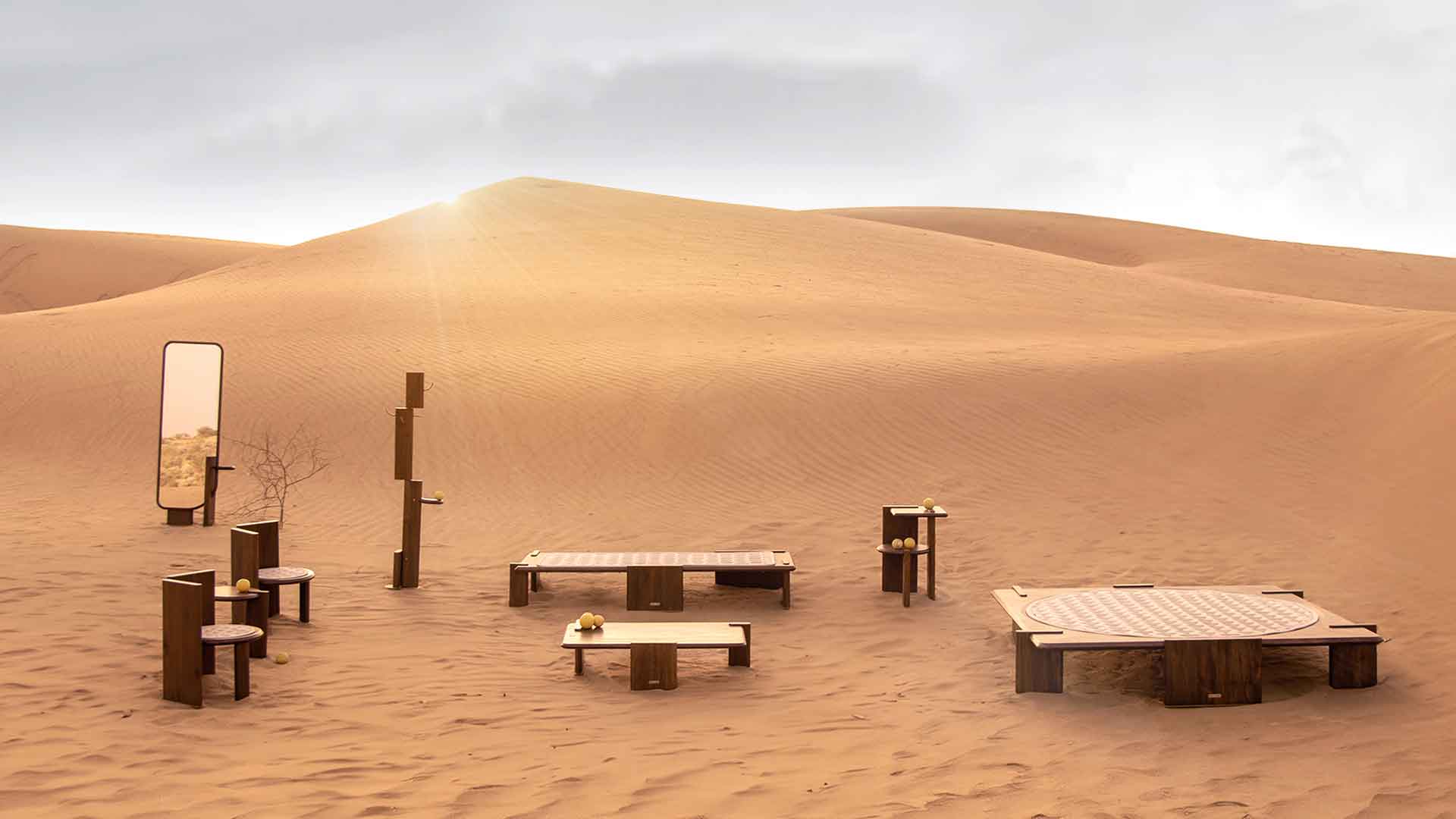 A postcard from Dubai Design Week 2025: creativity blooms against a desert backdrop
A postcard from Dubai Design Week 2025: creativity blooms against a desert backdropThe Emirates may still shimmer with spectacle, but beyond the surface a new generation of creatives is fusing research, heritage and innovation to build sustainable, future-facing practices
-
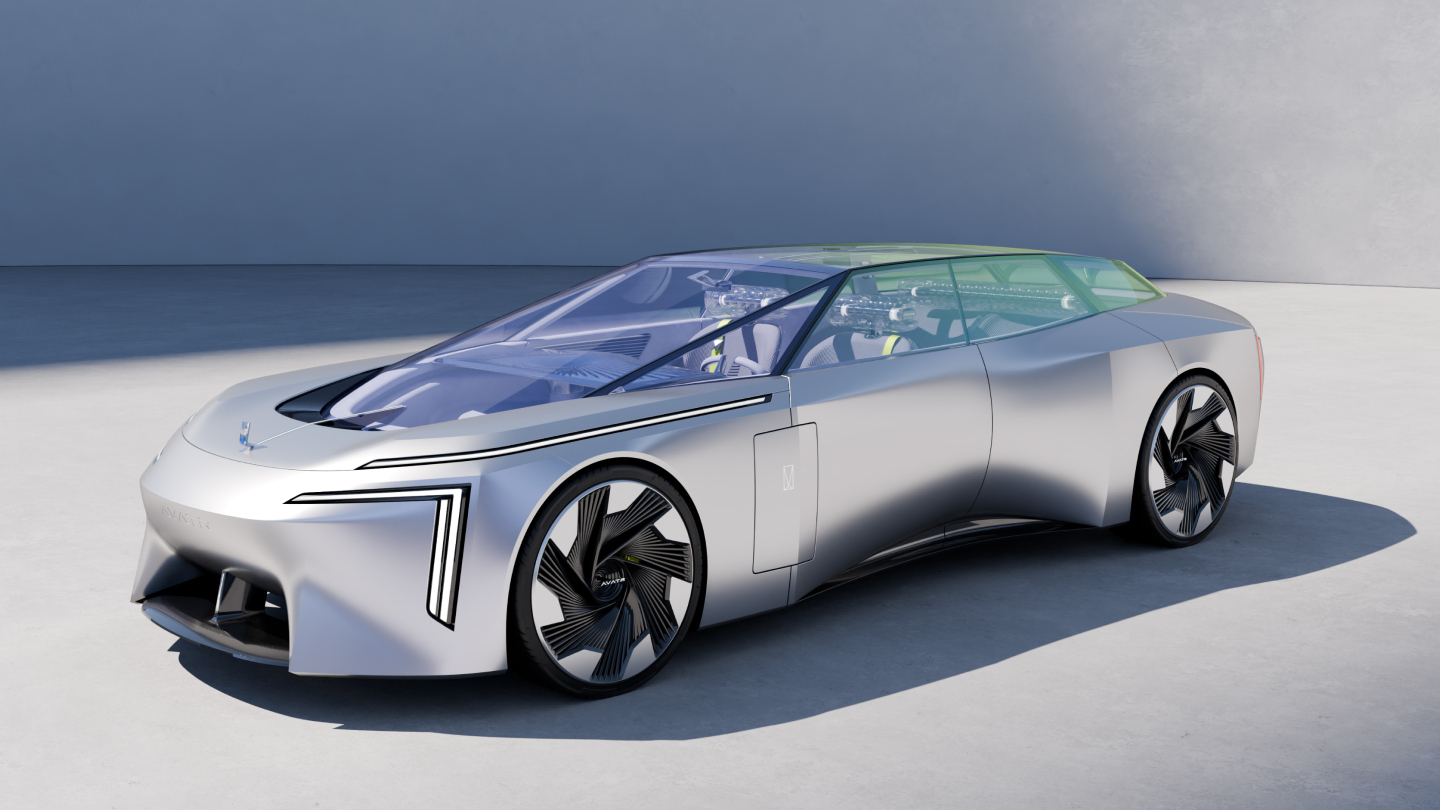 Avatr Vision Xpectra concept transforms cars into ‘emotionally intelligent companions’
Avatr Vision Xpectra concept transforms cars into ‘emotionally intelligent companions’Revealed in Munich, electric car maker Avatr’s futuristic Vision Xpectra is a car that is not only beautiful, but a true form of ‘emotive luxury’
-
 Dacia wants to make small cars great again – all hail the new Hipster Concept
Dacia wants to make small cars great again – all hail the new Hipster ConceptThe best way to minimise energy use in all its forms is to downsize. The Dacia Hipster Concept is a smart way of making a practical car way more pint-sized
-
 The Vanderhall Brawley GTS is a compact but mighty electric off-roader
The Vanderhall Brawley GTS is a compact but mighty electric off-roaderDeliveries of Vanderhall’s Brawley GTS have started, bringing zero-emission trail driving to enthusiasts across America
-
 The Aemotion is a tilting two-seater designed to zip through city traffic
The Aemotion is a tilting two-seater designed to zip through city trafficAn electric commuting machine, the Aemotion provides swift, safe and enclosed transport for two
-
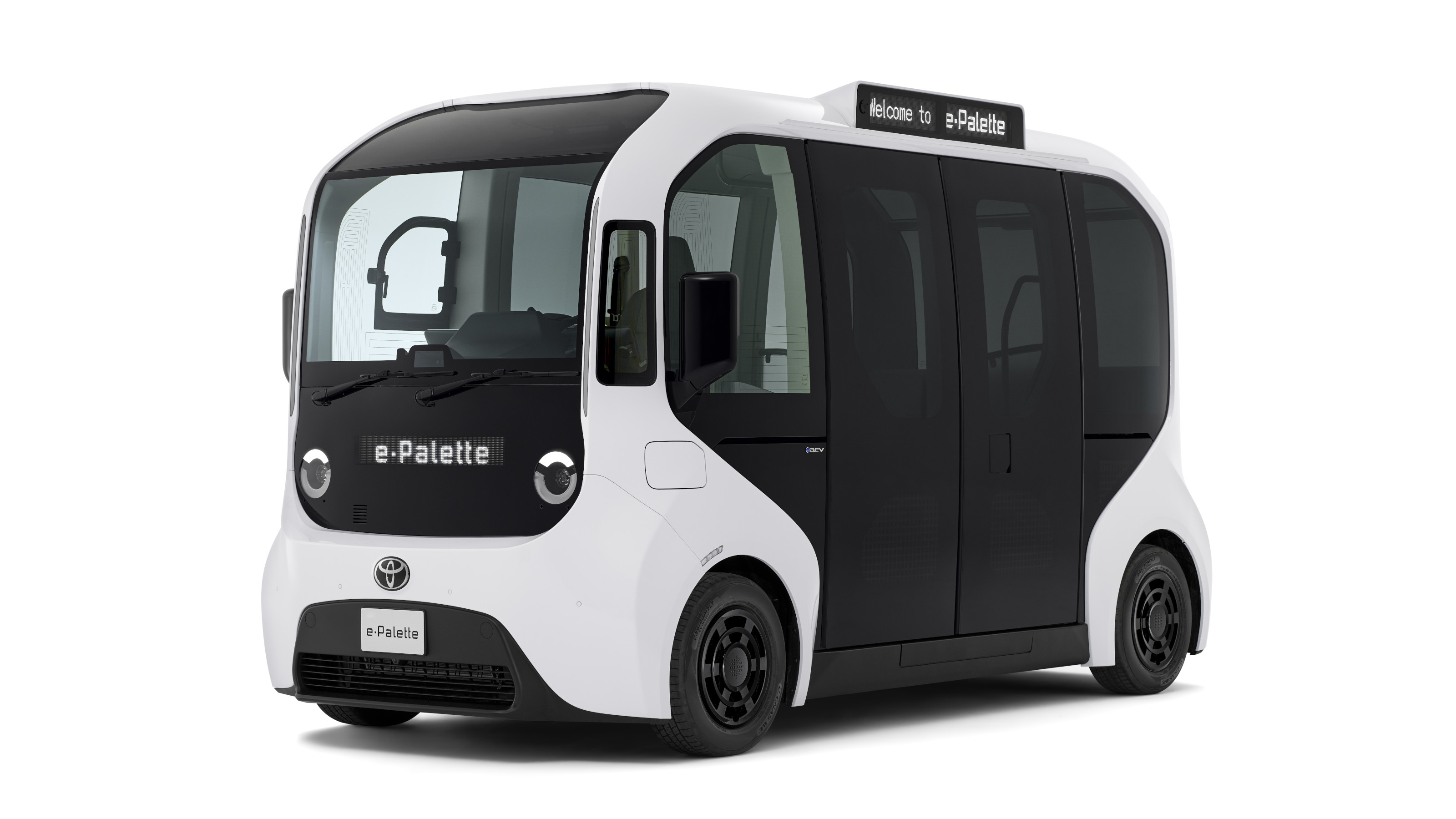 You can now buy Toyota’s robotised micro-bus, with more autonomy coming soon
You can now buy Toyota’s robotised micro-bus, with more autonomy coming soonThe Toyota e-Palette is the urban transport of the future, a multifunctional autonomous vehicle designed to cover several roles in the same day
-
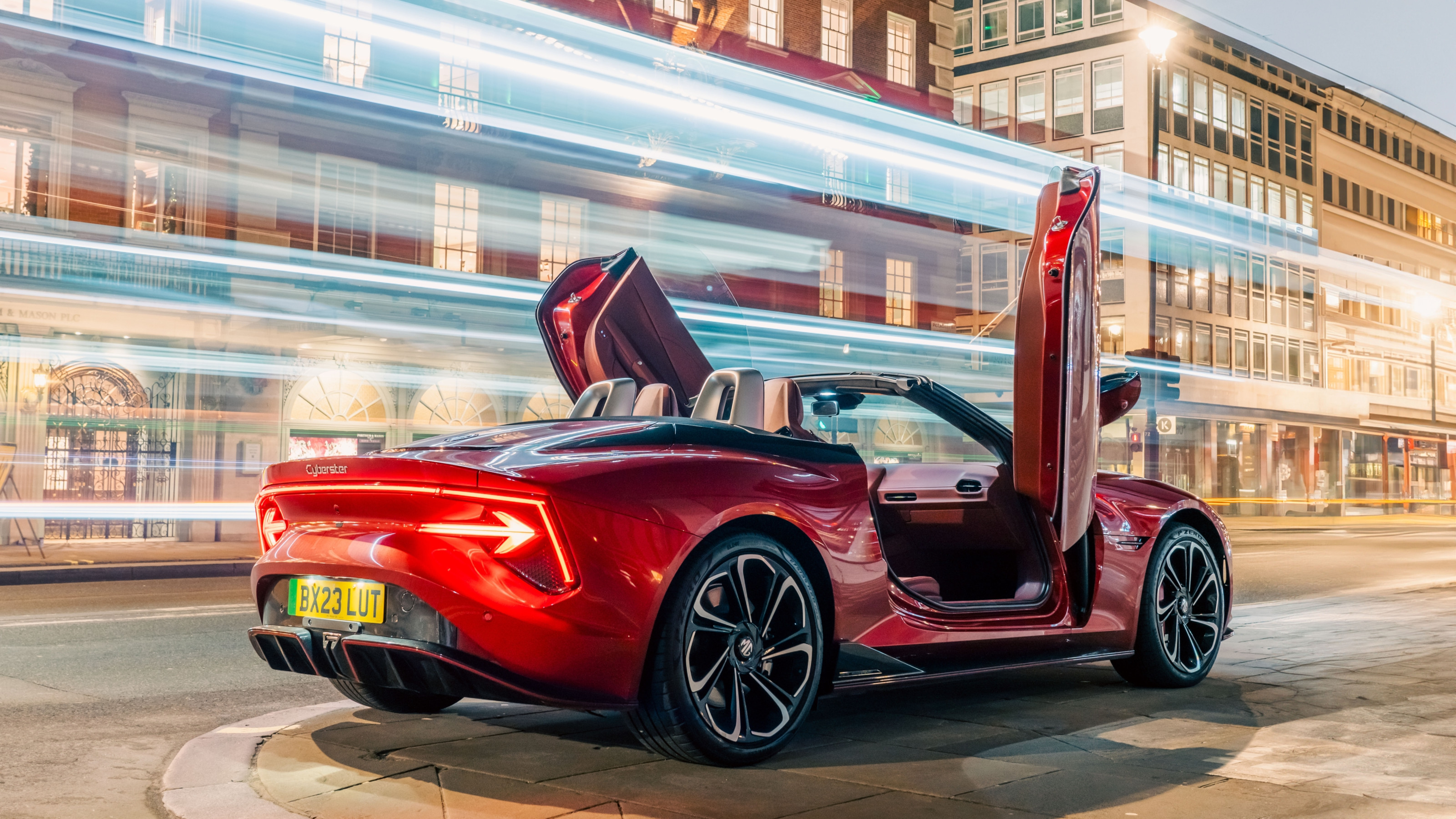 Is the MG Cyberster an electrifying sports car or a hefty grand tourer? In truth, it’s a bit of both
Is the MG Cyberster an electrifying sports car or a hefty grand tourer? In truth, it’s a bit of bothMG returns to its roots, sort of, with a sporting two-seater that electrifies the sector and points to a bolder design future for the Chinese-owned brand
-
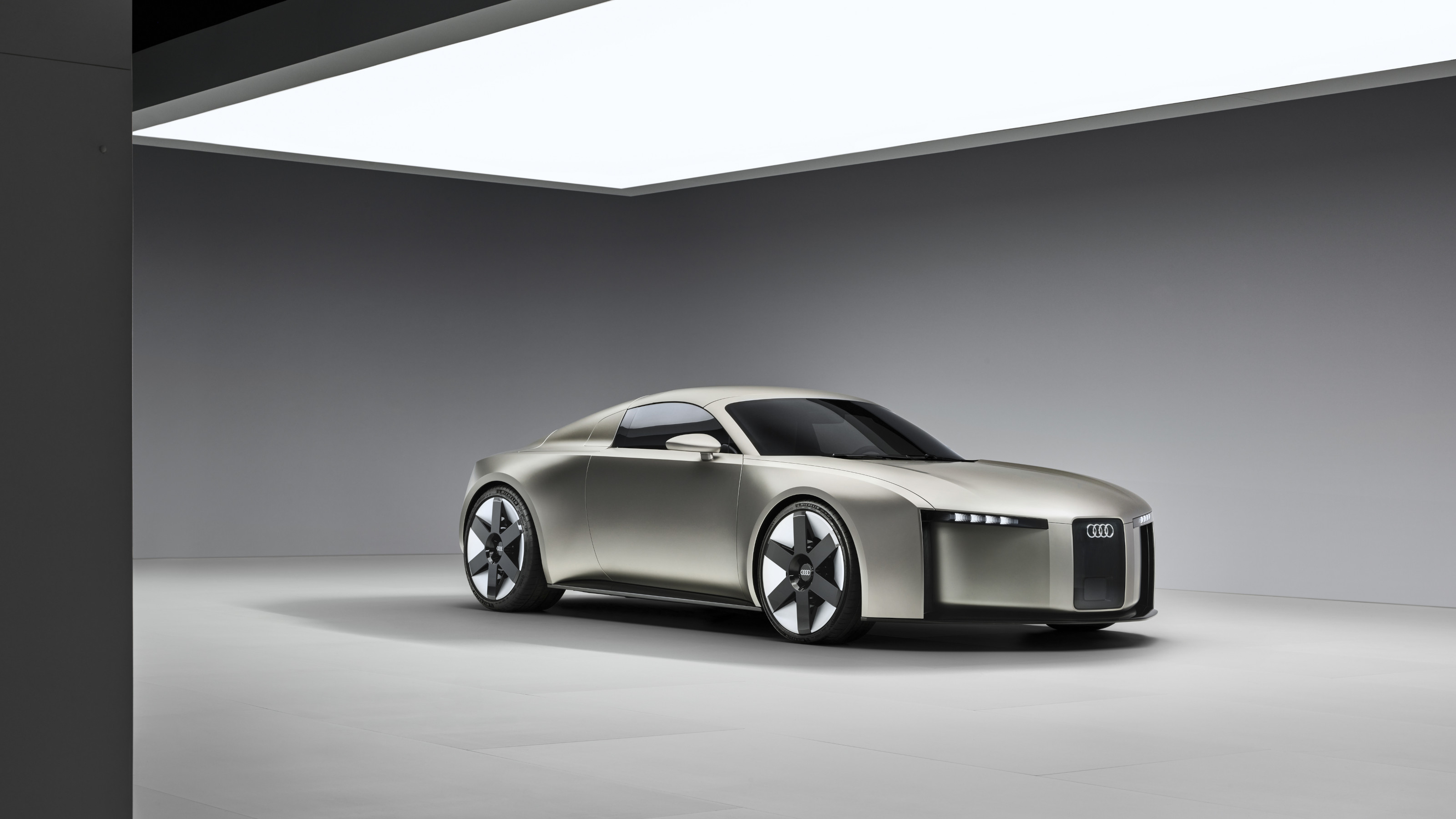 The Audi Concept C strives for clarity, drawing on the past to present a new face for the future
The Audi Concept C strives for clarity, drawing on the past to present a new face for the futureLaunched this month in Milan, the Audi Concept C is a reboot of both design language and visual identity for the German manufacturer
-
 Smart looks set to scale down again with its forthcoming ultra-compact electric city car
Smart looks set to scale down again with its forthcoming ultra-compact electric city carEver since Smart was reborn as an all-electric brand, fans have mourned the lack of a true city car replacement. The wait is nearly over as the company announces the upcoming Smart #2